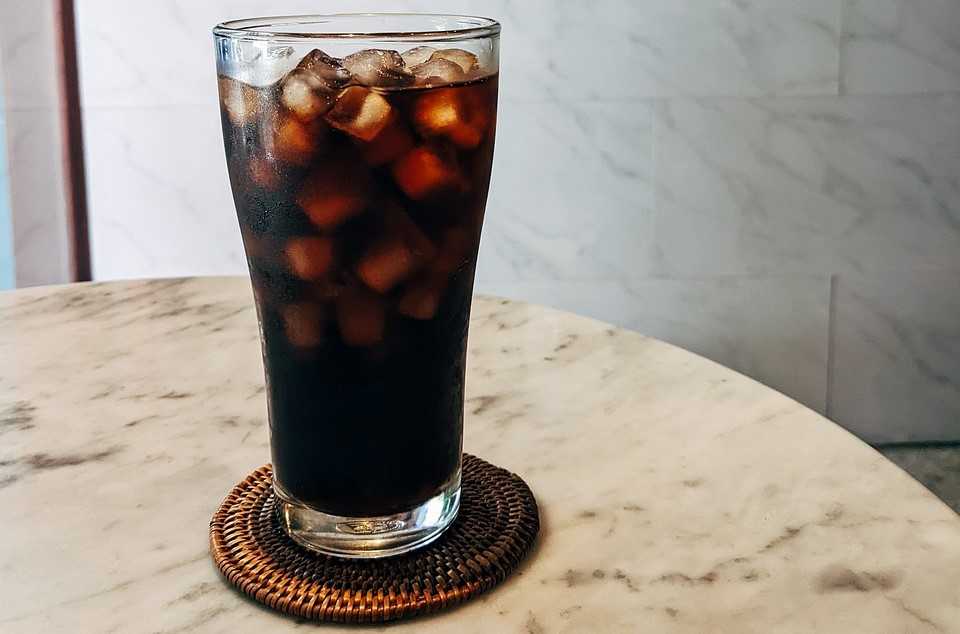MILAN – Iced and speciality coffee drinks have emerged as a hot beverage trend, with interest and demand for iced coffee drinks primarily driven by Millennials and Generation Z. This cohort has a preference for on-the-go beverages with added functional benefits, such as an instant caffeine boost, to help them through their busy daily schedules, according to GlobalData, a leading data and analytics company.
Around two billion cups of coffee are consumed every day worldwide, according to the British Coffee Association, and with Gen Z contributing *27% of the workforce in OECD countries by 2025, their spending power will make a significant contribution to future market growth.
According to GlobalData, 24% of US consumers reported daily consumption of iced coffee in 2023, up from 17% in 2022. This significant increase in consumption in a relatively mature market highlights the new growth opportunities available for the category.
The growing popularity of iced coffee among Gen Z and Gen Y (Millennials) was confirmed in GlobalData’s Q1 2024 Consumer Hot Topics Survey, which revealed that 31% of Gen Z and 39% of Gen Y (Millennials) described their spend on coffee as “Very High/Quite High” compared to older Boomers and Silent Generations at 25% and 18%, respectively.
The same survey also confirmed that iced coffee was driving Gen Z and Millennials coffee consumption, with 27% of this cohort saying that their “usage of other soft drinks” such as iced teas and coffees was “Very High/Quite High”.
Sunil Agarwal, Principal Consultant and Beverages Analyst, at GlobalData comments: “The appeal of iced coffee for younger consumers goes far beyond its chill factor, as the product offers a variety of flavors and styles that cater to their diverse tastes and needs with customizable options and endless combinations, making the drink an exciting thirst quencher for coffee enthusiasts to experiment with in their search for a perfect cuppa.”
Recent trading results of leading foodservice company’s popular with Gen Z and Millennials have reported a surge in cold beverage sales over the last twelve months.
Tim Hortons’ cold beverages accounted for 40% of the company’s sales in Canada in 2023, which is up from ~30% four years ago, primarily because of the expansion of its range of cold, fruity quenchers drinks, along with innovation in speciality cold coffees. Starbucks cold beverages sales accounted for 75% of the company’s US sales in Q3 2023, with cold brews confirmed as one of the fastest-growing non-alcoholic drinks in most of the company’s restaurant menus in recent years.
The growth in the iced coffee market is being driven by a number of factors:
- On-the-go consumption
As consumers return to their busy pre-pandemic lifestyles, there is a demand for on-the-go caffeinated drinks that provide an energy boost during long work or study hours. Hot coffee and tea sales are being challenged by cold brews and iced beverage offerings, as some consumers perceive them to be a more healthier beverage choice, less acidic, with a smoother taste, and with a higher content of beneficial flavonoids. All these factors are predicted to reduce the demand for hot coffee and tea drinks in the future.
Demand for small pack sizes, such as single-serve instant coffee “pods,” is also increasing as they offer convenience for on-the-go consumption. F5 Coffee Refresh Your Life launched single-serve instant coffee “pods” in China in 2021 with packaging that has a premium appeal. Single-serve pods are ideal for consumption on the go and provide foodservice operators with a convenient method of preparing coffee drinks. - Innovation in flavors and new brands
Innovations in novel flavors and ingredients such as guarana, acai berry taurine and ginseng and the entry of new brands are making iced/RTD coffee more exciting and appealing to consumers helping category growth. Starbucks launched a new winter menu in 2023/24, which included four holiday cold foams of festive flavors and an “Iced Hazelnut Oatmilk Shaken Espresso”. Under the Sweet & Creamy banner, Nestlé Canada launched an instant coffee mix that can be consumed cold. In the wake of the home brewing trend for regular coffee, leading coffee pod companies such as Nespresso have launched iced single-serve products, including machines that solely make iced brews. - Social Media campaigns
Coffee brewers are establishing a direct connection with their consumers on social media platforms like Instagram, YouTube, and TikTok, where information about their products and promotions is only a phone tap away. This enables coffee brands to influence their consumers’ coffee drinking habits and preferences through direct customer engagement driving product awareness, and brand exposure. In the summer of 2021, Starbucks baristas were flooded with orders for iced white mochas with vanilla sweet cream cold foam and extra caramel drizzle after the drink went viral on TikTok.
Agarwal adds: “With younger consumers at the forefront of demand for iced coffee’s, foodservice providers and manufacturers can continue to appeal to this cohort by developing a clear understanding of their behaviors, preferences, and environmental concerns, and using the insights gained to deliver, customized offerings, with unique ingredients, novel flavors, attractive, and sustainable product packaging supported by social media campaigns that maintain the brand’s relevance in an exciting and engaging way.”
* Source: The World Economic Forum.


















